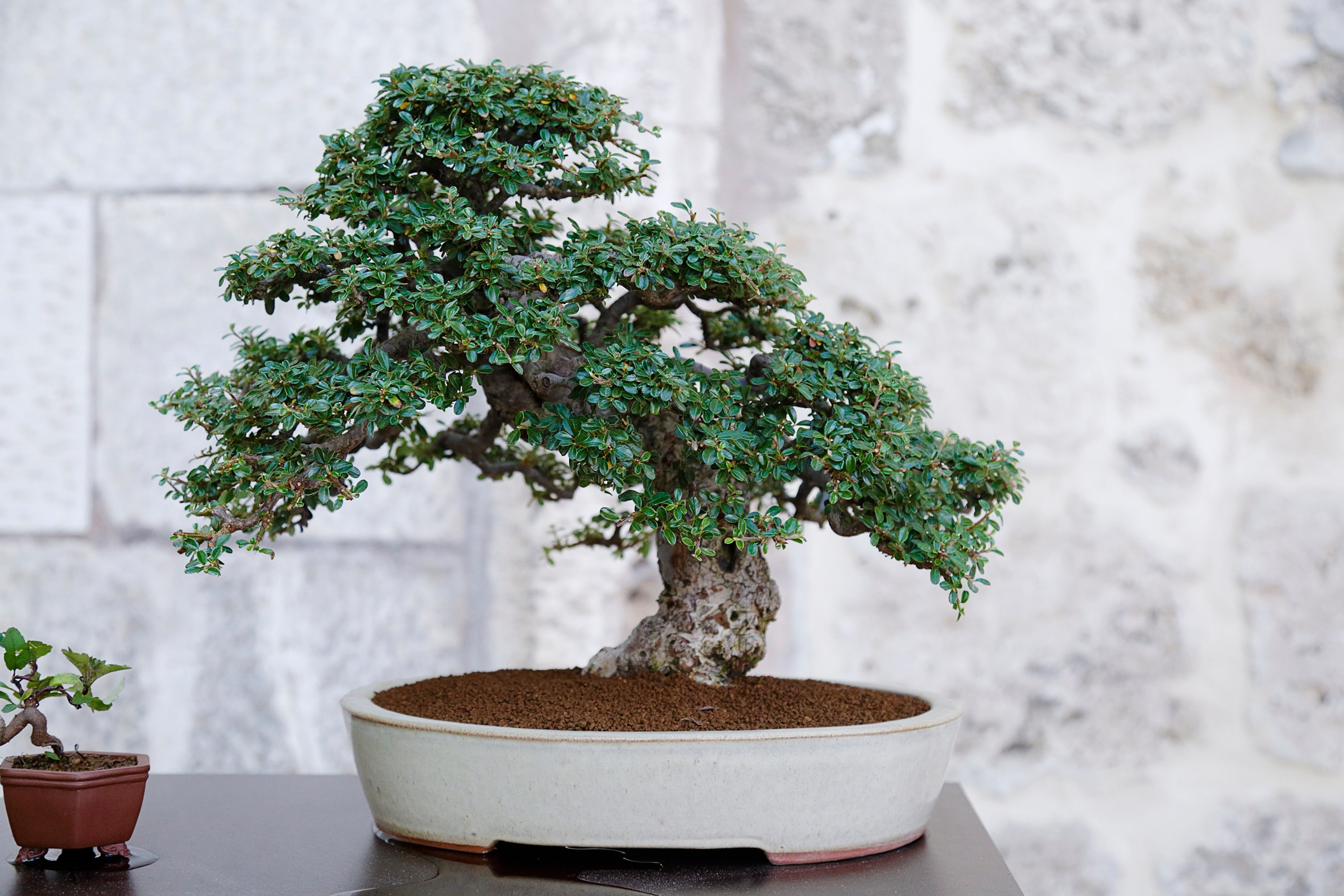Welcome to the exciting world of indoor bonsai trees! These tiny trees can bring joy and beauty to any space. If you are a beginner, this guide is for you. Let’s explore some easy-to-care-for bonsai tree types perfect for indoors.
What is a Bonsai Tree?
A bonsai tree is a small tree grown in a pot. It looks like a miniature version of a big tree. The art of bonsai started in Japan many years ago. People love bonsai trees because they are beautiful and unique.
:max_bytes(150000):strip_icc()/bonsai-tree-getty-0723-c656729073b04f46bd45a9bbee0d7f78.jpg)
Credit: www.marthastewart.com
Why Choose Indoor Bonsai Trees?
Indoor bonsai trees are perfect for people with limited outdoor space. They can brighten up your home and improve the air quality. Plus, they are a fun hobby that teaches patience and care.
Best Indoor Bonsai Tree Types for Beginners
Not all bonsai trees are easy to care for. Some need special attention. Here are some indoor bonsai tree types that are perfect for beginners:
| Bonsai Tree Type | Description | Care Level |
|---|---|---|
| Ficus Bonsai | Ficus is a popular indoor bonsai. It is hardy and easy to care for. | Easy |
| Jade Bonsai | Jade bonsai has thick, shiny leaves. It can tolerate dry conditions. | Easy |
| Chinese Elm Bonsai | Chinese Elm is known for its beautiful, small leaves. It is very resilient. | Easy |
| Serissa Bonsai | Serissa has tiny flowers that bloom all year. It is also called “Tree of a Thousand Stars”. | Medium |
| Sago Palm Bonsai | Sago Palm is a great choice for beginners. It has a unique, tropical look. | Easy |

Credit: www.bonsaiable.com
How to Care for Indoor Bonsai Trees
Taking care of indoor bonsai trees is not hard. Here are some simple steps:
1. Light
Most indoor bonsai trees need bright light. Place them near a window where they get sunlight. But, avoid direct sunlight for too long. It can burn the leaves.
2. Water
Watering is very important. Bonsai trees need just the right amount of water. Too much water can cause root rot. Too little water can dry them out.
- Check the soil daily.
- Water when the topsoil feels dry.
- Use a watering can with a fine nozzle.
3. Humidity
Indoor air can be dry. Bonsai trees like humidity. You can mist the leaves with water. Or, place a tray of water near the tree.
4. Pruning
Pruning helps keep the bonsai tree in shape. Trim the branches and leaves regularly. Use sharp scissors or bonsai shears.
5. Fertilizing
Bonsai trees need nutrients to grow. Use a balanced liquid fertilizer. Follow the instructions on the package. Fertilize once a month during the growing season.
Common Problems and Solutions
Even with care, bonsai trees can have problems. Here are some common issues and how to fix them:
1. Yellow Leaves
Yellow leaves can mean too much water. Check the soil and reduce watering.
2. Dropping Leaves
Dropping leaves can be a sign of stress. Check the light, water, and humidity levels.
3. Pests
Pests like spider mites can harm bonsai trees. Use a mild insecticidal soap to get rid of them.
4. Root Rot
Root rot happens when the soil is too wet. Repot the tree in fresh soil and reduce watering.
Frequently Asked Questions
What Are The Best Indoor Bonsai Types?
Ficus, Jade, and Chinese Elm are great indoor bonsai options.
How Often Should I Water Indoor Bonsai?
Water when the soil feels slightly dry to the touch.
Can Bonsai Trees Grow Indoors?
Yes, many bonsai types thrive indoors with proper care.
What Is The Easiest Bonsai For Beginners?
Ficus bonsai is ideal for beginners due to its hardiness.
Conclusion
Indoor bonsai trees are a wonderful addition to any home. They are beautiful, relaxing, and fun to care for. For beginners, choosing the right tree type is important. Ficus, Jade, Chinese Elm, Serissa, and Sago Palm are great choices. Follow the simple care steps and enjoy your bonsai journey.

